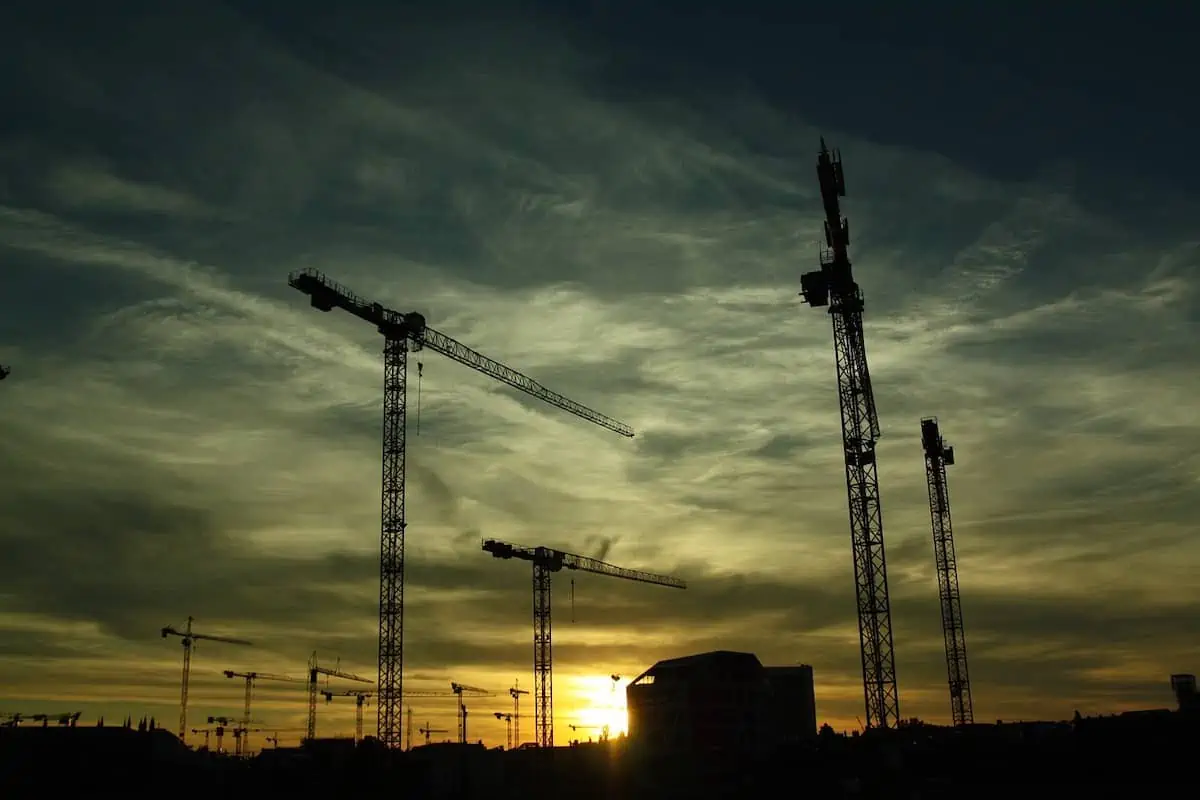Among all the external factors that affect construction work, the weather is one of the most crucial ones, which requires weather monitoring.
Depending on the situation, weather conditions can hamper the construction progress, lead to delays, damage construction equipment or resources, and pose health and safety risks.
Weather Conditions and How They Affect Construction Work
Weather conditions can affect the construction work in many ways. Here are a few weather-related situations that are common at construction sites which require weather monitoring.
Ground Temperature
Ground temperature is a big concern in winter and fall seasons, especially when it reaches freezing temperatures. Excavating and laying concrete becomes extremely difficult when the ground is frozen. Frost can go as deep as 1-feet below the ground and make it harder to break the ice to proceed with the construction.
Low Temperatures
The cold weather also affects the concrete installation process. Since the temperatures are low, the mortar and grout do not get enough heat for cement hydration and concrete protection. Besides, installing concrete in such low temperatures might impact its durability.
Low temperatures also mean that your workers will have to come to work in heavy clothing. That might restrict their movement to a certain extent and prevent them from maneuvering as usual or operating their machinery.
High Temperatures
Hot temperatures can lead to dehydration and sunstroke. When your workers are suffering from these conditions, they will feel dizzy. These conditions can impact their reaction times as well as judgment. Hence, they might cause accidents when operating heavy machinery or driving heavy vehicles.
High temperatures can also overheat the machinery. The hot weather and the sun glare can also pose fire risks to flammable materials at the construction site.
Rain
Torrential rain can reduce the visibility at the construction site. It also makes it hard for workers to operate heavy machinery. Besides, rain can slow down the work speed, especially when the work requires heavy equipment.
Also, given how muddy construction sites can get in such weather, it becomes difficult to drive around the site too. Hence, even the movement of necessary resources and equipment is brought to a halt.
Fog
Like torrential rain, fog can also reduce visibility. And since it takes time to clear out, construction work is delayed for long periods. That forces engineers to push back their deadlines.
Strong Winds
Strong winds pose safety risks, especially when there are cranes and towers set up at the site. Construction managers and engineers suggest halting crane and tower operations when wind speed reaches 20 mph. The winds can also make the site dusty which in turn reduces visibility.
How You Can Monitor the Weather
Weather monitoring for a construction site requires you to observe the forecasts in real-time. In such cases, you will need a weather tool or app that utilizes real-time weather data to give you the forecast. Tomorrow would be a good choice for this.
You can visit https://www.tomorrow.io/weather/ to get updates on the temperature, wind speed, visibility, and other weather parameters for your site. The website provides accurate 14-day forecasts. Using the forecast information, you can plan and schedule the construction work accordingly.
Apart from weather forecasts and real-time updates, construction sites also rely on historical weather data. This type of data is important for long-term projects like bridges, shopping malls, or skyscrapers. Such projects require months or even years to build.
Historical data is important to understand the weather patterns. For instance, at a certain place, wind speeds are highest during the summer. They gradually decrease over time, and ultimately reach their lowest speeds in winter. However, the place gets foggy during winter, but not in summer.
From this scenario, a project manager can come to the conclusion that workers can only work with towers and cranes in between the two seasons. That is the perfect time for such high-risk work since it will not be too windy or foggy at that time.
What Happens When You Do Not Monitor the Weather
When you are not monitoring the weather at the construction site, you are letting it get the better of you and your workers. It means you are not taking the necessary preventive steps like using fabric structures to protect your workers and equipment.
By not monitoring, you are putting your workers at risk. You are also increasing the chances of accidents at the site. In 2019, the US saw over 5,000 deaths from construction accidents. On average, 3.5 out of every 100,000 workers die at these sites. You might end up adding to that statistic if you are not careful with your decision-making.
Besides, you will also be damaging expensive equipment and resources by letting the weather get the better of you. You will also have to reschedule repeatedly and keep delaying the project without being able to provide a concrete deadline.
Thus, it is clear that monitoring the weather at a construction site is of utmost importance. And unless engineers or project manners do so, they will have to face dire consequences.

